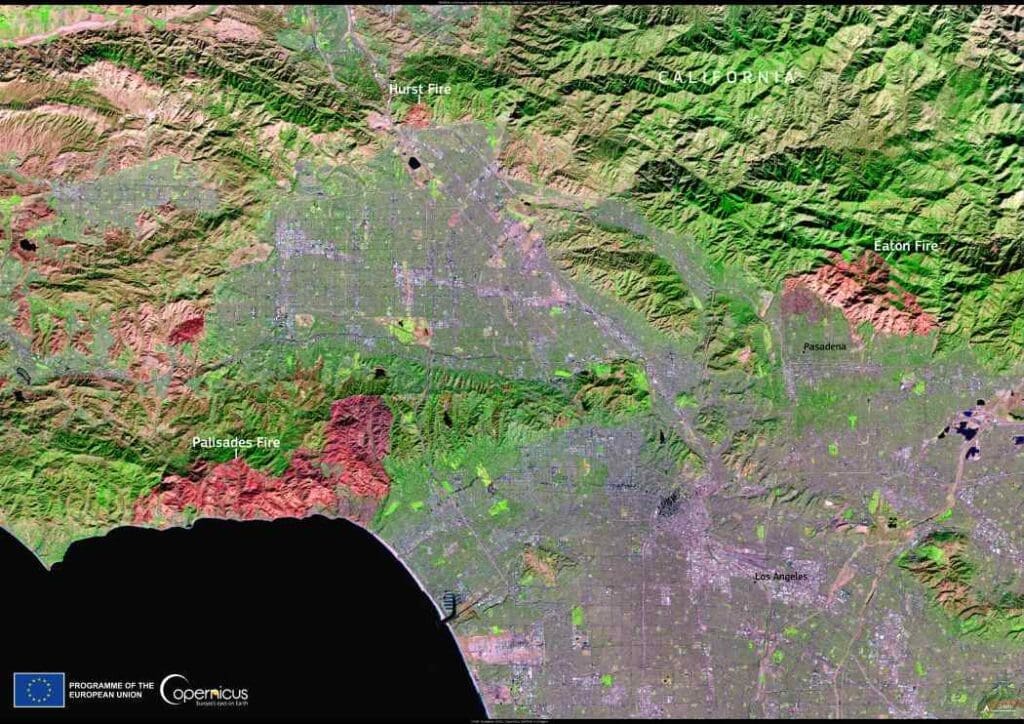By Florian PLAUCHEUR
Porto Alegre, Brazil – River levels were rising again Sunday as strong rains lashed waterlogged southern Brazil, where flooding has killed more than 140 people and forced hundreds of thousands from their homes.
Residents of the state of Rio Grande do Sul were bracing for fresh misery from the new rains, after two weeks of downpours saw rivers burst their banks, swallowing up towns and parts of the regional capital.
More than two million people have been affected by the deluge which experts link to climate change exacerbated by the El Nino weather phenomenon.
The levels of “practically all the major rivers in the state are tending to rise,” state authorities said Sunday.
The new threat comes as rescue operations are still underway, with some 130 people missing, while more than 538,000 were forced to leave their homes.
The probability of further flooding is “very high” in most regions of the state, according to the National Center for Monitoring and Warning for Natural Disasters (Cemaden).
The Guaiba, an estuary bordering state capital Porto Alegre, had on Saturday reached its lowest level since May 3.
However, fresh rains have once again swollen the body of water, and levels are expected to again rise above five meters.
Its banks overflow at three meters.
The Guaiba had reached historic levels of 5.3 meters on May 5 and 6.
‘Worsening situation’
Other already overflowing rivers in the region also saw water levels continue to rise.
The flooding of the Taquari River has notably put the small town of Mucum on alert, where more than 40 people were killed by a devastating cyclone last September.
The town of Pelotas, south of Porto Alegre, “is facing a worsening situation” which “increases the probability of flooding”, warned its mayor Paula Mascarenhas on Instagram, calling for the evacuation of at-risk areas.
Parts of Porto Alegre, which is home to 1.4 million people, also remain underwater.
According to the National Institute of Meteorology, “heavy rain” will continue in the coming hours, with more than 100 mm per day in some areas.
In the northeast of the state, there is a “high risk of major flooding and river overflows, as well as significant landslides”.
In a video published on X for Mother’s Day, President Luiz Inacio Lula da Silva expressed his “solidarity” with those affected, more than 80,000 of whom are currently housed in shelters.
“You are not alone,” he said.
The federal government this week promised some $10 billion for reconstruction in Rio Grande do Sul.
bur-rsr/sf/fb/st
© Agence France-Presse
(Featured image credit: Freepik)




